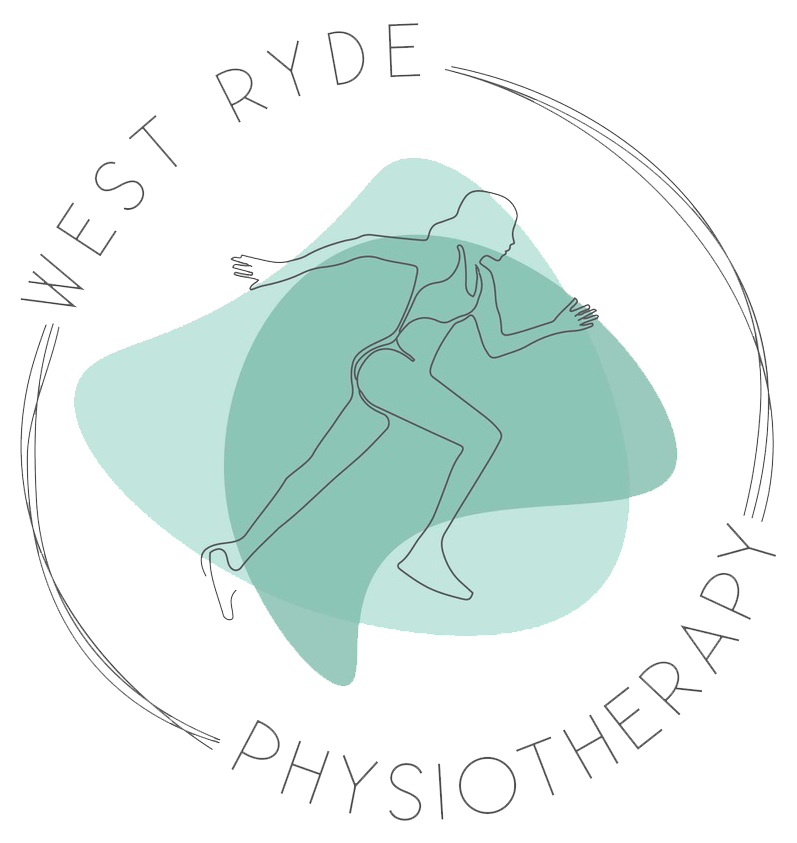Do you have Knee Pain?
The most common causes:
Knee pain is one of the most common reasons patients come in to see us at West Ryde Physio. What's causing this pain, who does it affect and how do we manage it?
The most common cases of knee pain that we see are:
- Knee osteoarthritis
- Meniscal lesion
- Patellofemoral pain syndrome
- Ligament sprains (ACL ruptures)
Knee OA:
Who does this affect?
Individuals over 50 years old.
What is it caused by?
Degenerative changes in the cartilage of the knee joint with aging.
How does it present?
Associated with gradual onset of pain, usually activity related. Morning stiffness lasting less than 30 minutes. End-of-range joint stiffness and joint-line tenderness.
How do we manage it?
Conservative, exercise based rehabilitation has been shown to significantly improve knee OA symptoms. Treatment involves strength program involving the knee and hip, alongside load management education over 8-12 weeks.
Meniscal Lesion:
Who does this affect?
Usually occurs in those aged 35-60, but can also affect younger people.
What is it caused by?
Twisting movements on the knee that shears the meniscal tissue.
How does it present?
Symptoms include joint line tenderness and pain with deep flexion or squatting.
How do we manage it? Conservative management through physiotherapy is strongly supported to manage meniscal injury, over arthroscopy. Management usually involves education, strengthening, neuromuscular training and load management. Treatment progresses over 8-12 weeks.
Patellofemoral pain syndrome:
Who does this affect?
PFPS is common in adolescents (girls > boys) and those over 50 years old. Cyclists and runners are at higher risk due to the repetitive nature of their sports.
What is it caused by?
Pain is caused by excess stress underneath the kneecap where it meets the femur, usually due to poor biomechanics.
How does it present?
Diffuse pain at the front of the knee, worsened with squatting and stairs.
How do we manage it?
Management through physiotherapy can be very effective for PFPS. Treatment includes hip and knee strengthening, taping, foot orthoses and load management. Treatment progresses over 8-12 weeks.
ACL Rupture:
Who does this affect?
Active individuals participating in sport, often those that involve quick starts and stops or change of direction.
What is it caused by?
Sudden stop and change in direction shears the anterior crutiate ligament, tearing it or rupturing it completely.
How does it present?
Individuals may report hearing or feeling a pop or snap at the time of injury, severe pain, and swelling.
How do we manage it?
ACL management has progressed greatly over the last few decades, and varies depending on the individual. It is now highly suggested to pursue the conservative rehabilitation route, as the ACL can connect to the posterior cruciate and therefore the knee becomes stable after a period of healing.
Australia has had the highest rate of ACL reconstruction in the world. According to Rooney 2018, the best evidence for ACL rupture management is to undergo a thorough and structured rehabilitation program for at least 3 months before making any decision on surgery.

